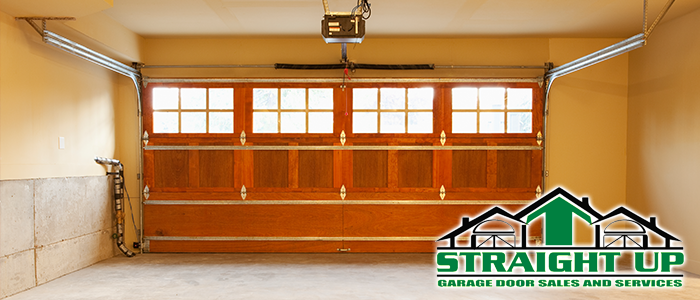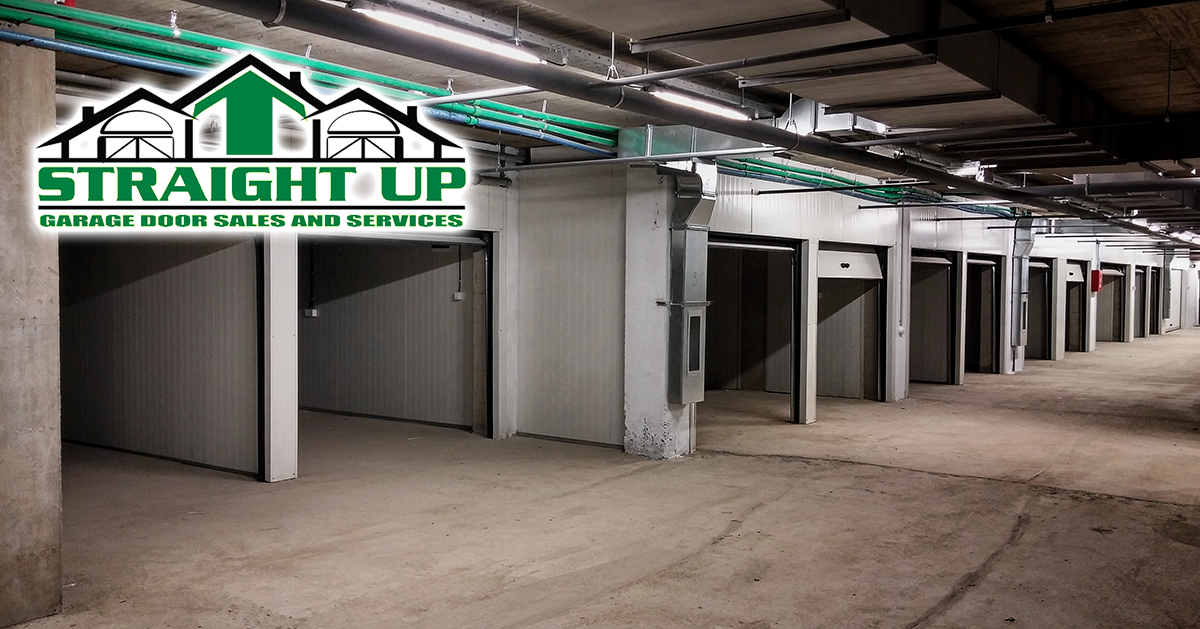Difference Between Torsion and Extension Springs
Torsion and extension springs, what are they? Garage doors can be deceptively complex. They seem so unassuming from the outside, after all! They’re simple-looking fixtures that keep an even profile, so taking care of them must be simple, too. Right? Well… Not quite. If you think this way, it could be that you aren’t quite aware of how much goes on with a garage door. That’s okay! Many homeowners don’t give them more than a passing thought. You want to be prepared, though. It’s very plausible to expect something to go wrong with a garage door. Like any machine, they need maintenance and repairs from time to time. Machines that run very often, like garage doors, need this work more often.
Today we’ll teach you about one of the garage’s most important pieces: Springs! You’ll find two different spring types in garage doors and their systems. These are torsion springs and extension springs.
Torsion Springs
These springs are newer than extension springs. As a result, they can be a bit more expensive. Torsion springs rely on applying torque to open and close garage doors. These are always installed above the garage door. The spring turns and either builds or releases tension. These springs are usually stronger and have a much longer lifetime than extension springs. Though they are more expensive, the cost is worth it as they often last twice as long as extension springs. The motion also tends to be more even and controlled than extension springs. This means less jerking motion that could derail your garage door.
There are also safety considerations. Though a broken torsion spring will make a lot of noise, it won’t typically break off and damage the surroundings. This is because they are installed around a spring bar. This safety feature is unique to torsion springs.
Extension Springs
The less expensive of the two kinds of spring, and the older of the two, is the extension spring. These work by extending when the door moves, providing a counterforce to the door’s weight. These are installed in two places, at both sides of the garage door. Of course, the price may be appealing, but there may be significant downsides to consider. For example, the maintenance is a bit harder as there are more moving parts to manage. They also tend to wear out faster. Each extension spring also requires safety cables. If your extension spring doesn’t have safety cables, it could fly off and hurt somebody should it break. However, the upshot is that these springs don’t take up a lot of room. Torsion spring installations are sometimes too big for smaller garages.
These springs have been around for decades. If you have an older garage, chances are you have extension springs. If you’d like to upgrade to take advantage of the benefits of torsion springs, give us a call. We have the expertise needed to tell you if torsion springs will be a good fit for your garage. If they are, leave the installation to us, too! Garage doors are heavy. You want to make sure the springs that go into opening them are in good working order. And also – You never want to install garage springs yourself. These can be very dangerous because the high-tension metal can move very fast. Unless you’re a professional, you could be seriously hurt.
So, give us a call today! We’ll do it for you.





